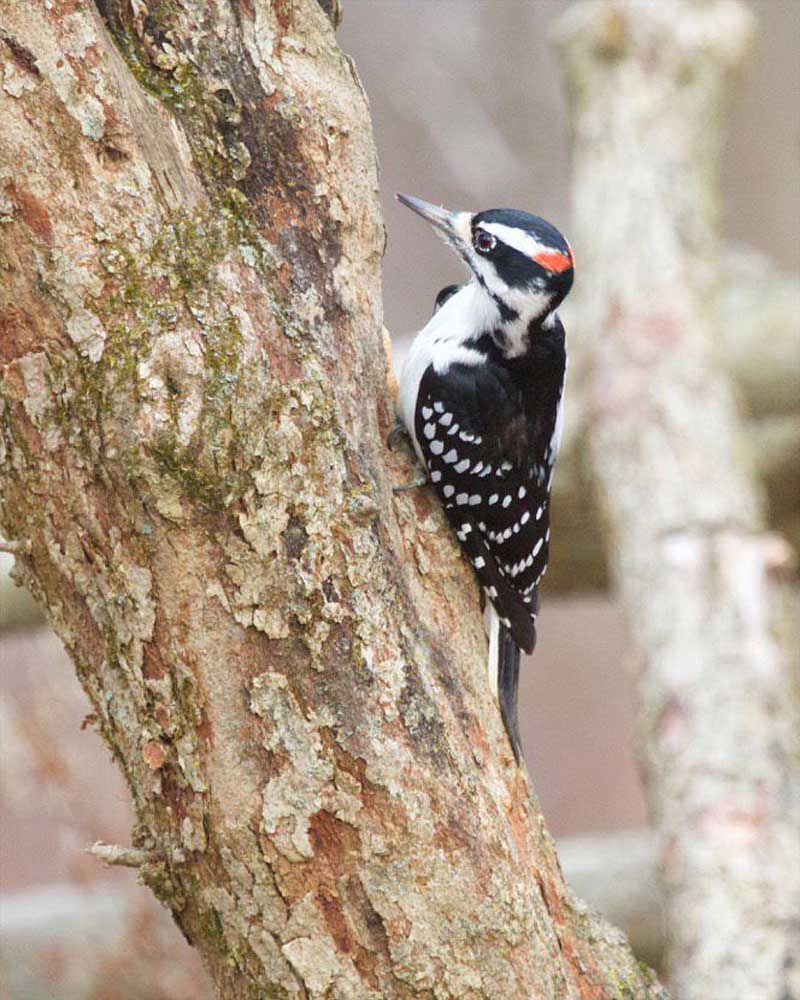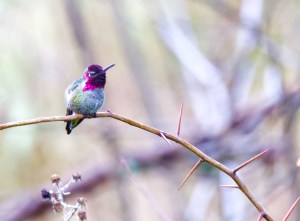Birdwatching Knock! Knock! Who’s there? Hairy or downy?
Published 7:46 am Friday, June 19, 2015

- The hairy woodpecker
By Dr. Madeline Kalbach
Trending
For the Observer
Not all woodpeckers sing. Most of them use drumming as their audio display. As ornithologist David Allen Sibley, author of The Sibley Guide to Birds says, “It is easy to tell when you hear a woodpecker, harder to tell which species.” However, scientific research indicates there are distinct differences between species, and it is well known among birders that practice (listening) makes perfect!
Two woodpeckers found in the Willapa National Wildlife Refuge and on the Peninsula, in general, are the downy and the hairy. Their drummings are, according to Sibley, “two of the most easily distinguished.”
Trending
The fastest drummer of the two is the hairy woodpecker with about 25 taps per second. So the taps are not only very fast, but they also produce a buzzing sound. A much needed break of 20 seconds or more is taken after the set of 25 taps. The downy, on the other hand, is a slower drummer, tapping at about 15 taps per second. It barely stops between sets, pausing for only a few seconds between each drum.
Both males and females of these two species drum. The pitch of woodpecker drumming depends on what they are drumming on. Hollow trees, rotten stumps, or a metal gutter all produce very different sounds.
Identifying a species of woodpecker by its drumming is as good as seeing it if one has developed a high level of confidence in drumming recognition.
A tip for developing this confidence is to find the woodpecker so you can watch it as it drums. Seeing the bird and watching it drum helps to cement the tapping sound and the number of taps in the mind’s eye. Try it on your next walk in the open woods or in riparian habitat. The slightly larger hairy woodpecker prefers open forests, while the smaller downy prefers riparian habitat. These woodpeckers can be seen in Beards Hollow, at Cape Disappointment, the Tarlatt Unit, Leadbetter, Willapa National Wildlife Refuge headquarters and elsewhere on the Peninsula.






